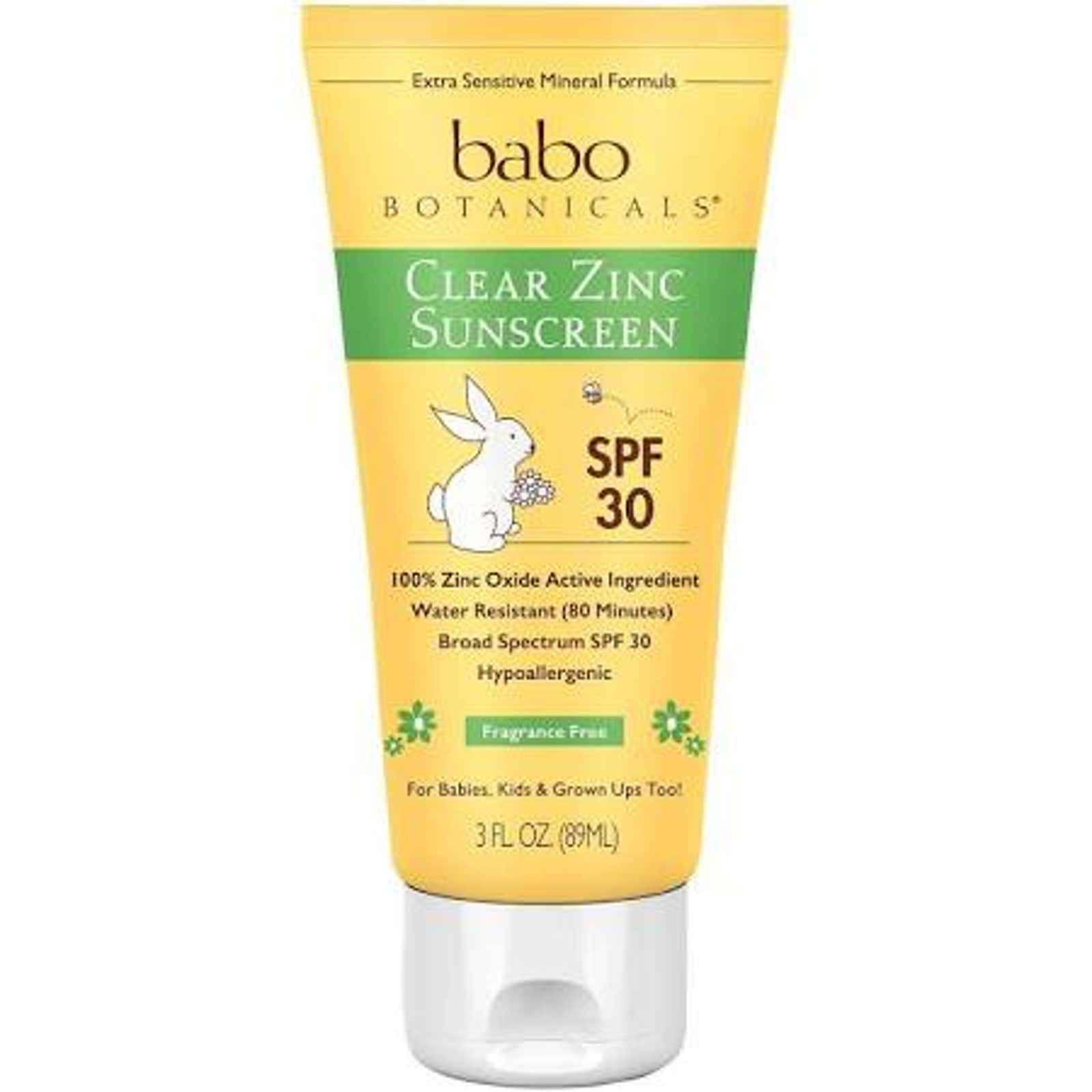High SPF Sunscreens Are Really Better

In theory, SPF 50 and SPF 100 are very similar sunscreens, with one blocking 98 percent of UVB rays and the other 99 percent. The problem is, no one is putting on the amount of sunscreen that will give you the SPF on the bottle. So you actually get very different protection from these two bottles.
And no, the answer is not only to apply more (although that will certainly help). Have you ever tried actually applying a shot glass of sunscreen? Amy Marturana did this and wrote about the experience for Self . She managed to apply sunscreen, but it took ages to rub in, she could not reapply adequately, and she wrote about the experience: “My skin was soaked in lotion all day. Even inside, when I no longer sweated, I felt almost depressed. ” That’s an unrealistic amount of sunscreen to wear.
So why is this the recommended amount? A shot is enough to get 2 milligrams per square centimeter of skin. This is the amount that will give you the SPF shown on the bottle, because this is the amount that is used in SPF testing. “This was considered the lowest application density that could be consistently applied for SPF clinical testing purposes,” explains the sunscreen testing review . In other words, their experiments require them to test a thicker coat than people actually apply.
Real world results
When you apply sunscreen normally or even thickly, you get less protection than people who tested sunscreen in the first place. It’s okay if you take steps to protect yourself. One of them is choosing a higher SPF. In a recent study published in the Journal of the American Academy of Dermatology , researchers asked 199 people in a Colorado ski resort to apply sunscreen with SPF 50+ on one side of their face and SPF 100+ on the other side. (They didn’t know which was which; they were given bottles marked “right” and “left.”) Volunteers carried bottles with them throughout the day and reapplied as they wished.
Result: 14 percent of the volunteers developed redness on the SPF 100+ side of the face the next day and 41 percent on the SPF 50+ side.
Thus, the higher SPF actually performed better in the real world. Dermatologist Dr. Fane Frey agrees that a higher SPF is preferable, but she has a warning. Sunscreens are only tested to see if they prevent redness (sunburn) caused by UV rays, but skin also gets other types of sun damage from UV-A rays and waves outside the UV spectrum, including visible and infrared light.
She says: “If, as a result of the absence of red or sunburn, a person spends more time in the sun, they are exposed to more ultraviolet light (even SPF 100+ sunscreen does not protect 100 percent), visible and infrared light … … then as a result there will be more harm than good. “
Therefore, preventing sunburn does not mean that you are preventing all types of skin damage. Sunscreen is essential, but ultimately the best protection is to completely protect your skin from the sun through hats and clothing, and stay in the shade.